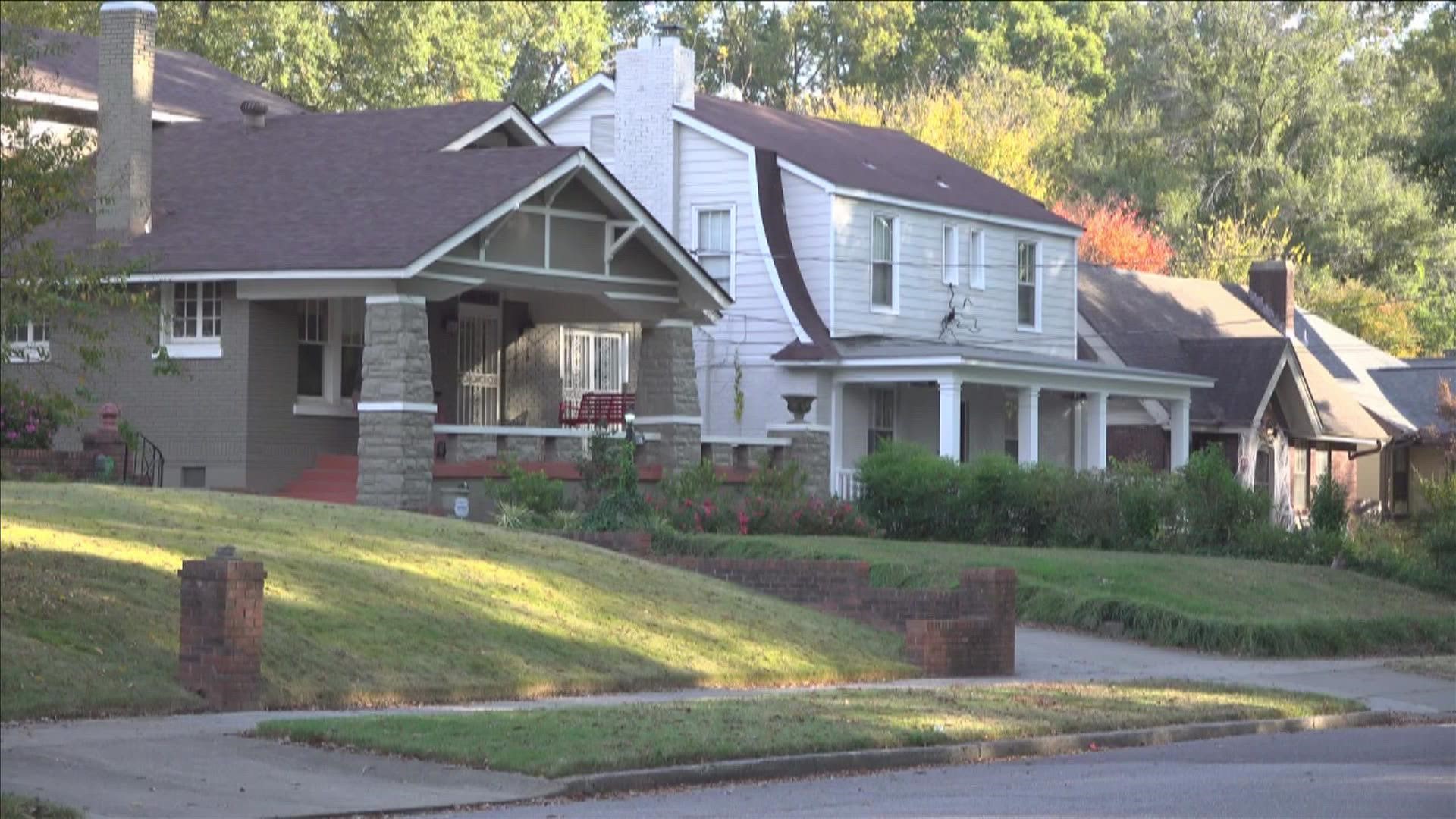MEMPHIS, Tenn. — Midtown Memphis residents held a public meeting with the Memphis and Shelby County Division of Planning and Development Thursday evening to discuss the latest proposed changes to the city code.
Three of the latest potential amendments to the Unified Development Code are geared towards increasing housing options across the city.
“We all love the historic neighborhoods and we want to provide quality, affordable housing for other people to live in those too,” says zoning administrator Brett Ragsdale.
Don Jones, board member of the Evergreen Historic District Association, who has lived in the Evergreen neighborhood for close to 30 years, is among those concerned by the impact these changes could have on historic neighborhoods.
“If approved by the city council, they will become rights that property owners in these zoning districts will have automatically,” he says. “Automatically conferred to them.”
The first would allow building cottage-style houses on single-family, residential detached lots (minimum lot size 6000 square feet) known as R-6 districts.
“(Cottage-style homes are) allowed to sit on a property of roughly half the size that's permitted in the R-6 district,” Jones says. “So on a vacant lot, assuming that it met the R-6 requirements, you could now take that lot and make it two.”
Jones says there are 106,998 R-6 zoned properties across Shelby County, which is nearly one third of all properties inside the county.
“That would allow a smaller home, still quality to built, to be built on that lot and sold at a lower price,” Ragsdale says.
Another update involves changing what can be developed in an RU-1 (Residential Urban 1) district. Jones says these have been for single-family attached, otherwise known as a duplex. The amendment would allow for townhouses (defined as one building that accommodates between three and eight units).
Jones says one of his concerns in particular is that an idea that sounds good on paper could create unintentional changes to established residential neighborhoods.
“We have many areas in Memphis and in Midtown that, over the years, and Midtown it’s particularly true for, where houses were zoned, the zoning changed and they were converted,” Jones says. “They started out as a single-family home, then they're converted to a duplex, triplex, quadruplex.”
“This will (create) more density, but we feel in an appropriate way,” Ragsdale says. “There are still conditions in place that will restrict where these things can happen.”
The third change involves allowing for Accessory Dwelling Units (garage enclosure, granny flat, mother-in-law wing, etc.) to be built on smaller properties (like R6 districts) while increasing the overall size of the units, leaving some residents with privacy concerns.
“We're not changing some of the things that would help with the privacy,” Ragsdale says. "There's a requirement that you can't have windows if you're within a certain distance of a property line, so we're not recommending changes to that and so privacy is really no different than it is now.”
Ragsdale came away from the two-hour meeting with a sense that the public had a better understanding of the division of planning and development’s intentions, while he got a sense of potential changes based on residents’ feedback.
“Some of the things that we heard, we were able to just talk through,” he says. “Some of the others, things we might agree with (will need) further discussion.”
Ragsdale said that after any potential changes are made to the amendments, planning and development will present the new plan for approval to the Land Use Control Board on November 10th. After that, the zoning changes would need the approval of the city counsel to take affect.

